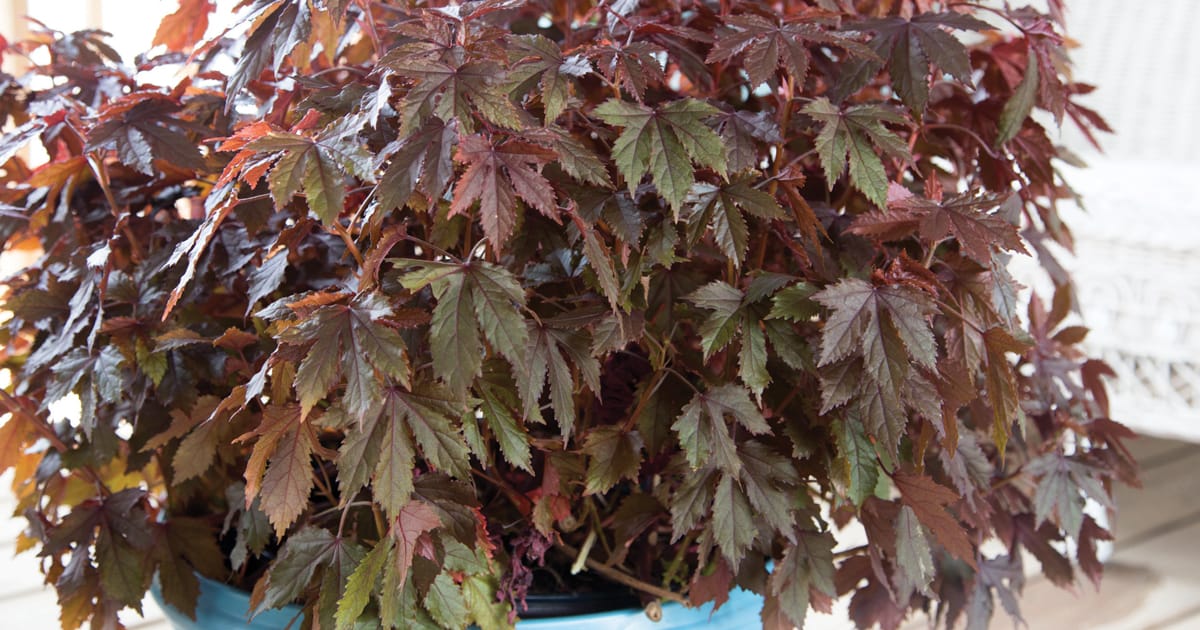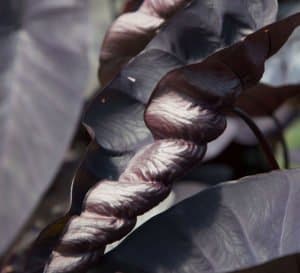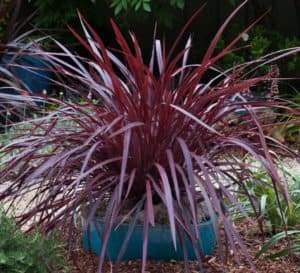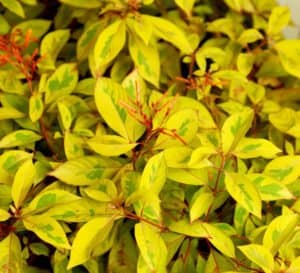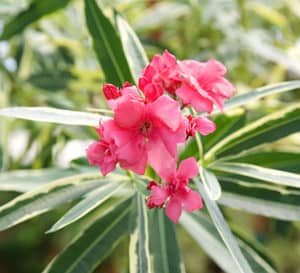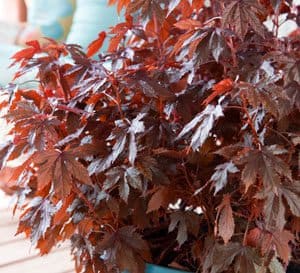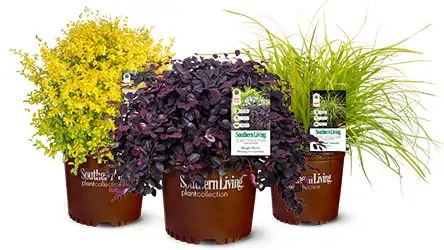By Kimberly Toscano
Early autumn brings late season blooms, the first fall colors, and a reminder to make a plan for wintering tender perennials in the garden. From patio pots to tropical bulbs, many of the plants we love to grow cannot survive winter temperatures. Fortunately, most tender perennials can be stored indoors over the winter, a trait that allows us to grow them well outside typical hardiness zones. For successful overwintering, prepare plants for the transition indoors and select the storage method best suited to each individual plant.
When planning for winter protection, don’t forget about hardy plants in containers. USDA Hardiness Zones pertain to plants installed in the ground, not in containers. Container plantings typically tolerate temperatures equivalent to two zones warmer than those recommended for installed plants. Container plants on the margin of hardiness will need winter protection.
Here are 4 Common Methods for Overwintering Perennials
Below we outline common ways to overwinter perennials. Some plants, like colocasia and banana, winter well using more than one method, so select the system that best fits your lifestyle.
A Sunny and Warm Indoor Location
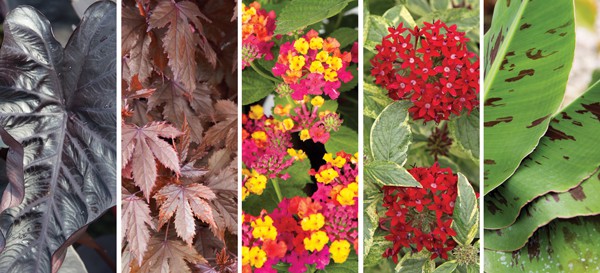
The first and easiest method to overwinter plants is showcasing container plantings indoors. Not only can you enjoy their beauty all winter long, but plants receive the right mix of warm temperatures and bright light. This method works best for many tropical plants, like ‘Black Ripple’ Colocasia, Variegated Rhoeo, and ‘Panama Red’ Hibiscus, as well as flowering perennials such as the Little Lucky™ Lantana series. While many gardeners have success overwintering banana plants in a dry dormant state, the small size of ‘Poquito’ Banana provides for easy wintering right in the container. Garden-grown specimens can be dug and potted for life indoors. Be sure to transition plants before bringing indoors, as described below.
An Unheated Dry Location
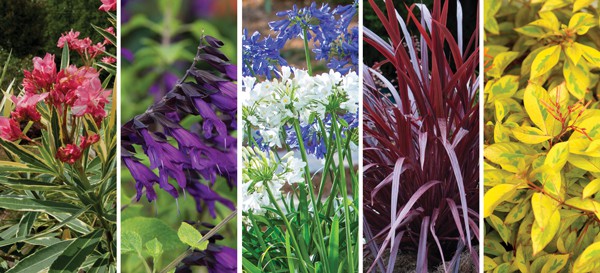
Many tender plants go through a period of dormancy during the cool, dry season. By placing plants in a cool room and limiting water, we can mimic the “dry season.” Place Mediterranean plants like Twist of Pink™ Variegated Oleander as well as salvias, agapanthus, and Design-A-Line™ Cordyline on an unheated sunporch, cool greenhouse, or unheated guest room. An ideal temperature range to keep these plants in an inactive state is between 45 and 55 degrees Fahrenheit.
Lime Sizzler™ Firebush is another plant that winters well in a cool, bright location. However, firebush requires more regular watering over the winter as it continues active growth. Prune as needed to keep plants controlled over the winter months.
A Dark and Damp Location
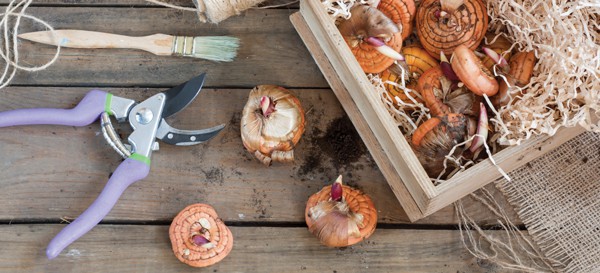
Many of our tropical and sub-tropical plants like canna, colocasia, dahlia, and caladiums produce a bulb, corm, or tuber that can be dug out of the ground and stored over the winter in a frost-free location. These generally require a dark location to help maintain dormancy and moisture to prevent the bulb from drying out. Basements, root cellars, storm shelters, and unheated garages provide an ideal storage location. The optimum temperature range for winter storage is between 35 and 50 degrees Fahrenheit, but avoid freezing temperatures.
Store bulbs in a bed of damp peat moss, sand, or shredded newspaper inside a container that will help retain moisture but is not air tight, such as an open plastic bag. The goal is to provide just enough moisture to prevent the tubers and corms from drying out over the winter, but not enough to encourage rot. Check bulbs regularly and if there is moisture beading inside the bag, open it up to let it dry out a bit. If the substrate becomes too dry, mist lightly with water.
To prepare plants, dig them after the first light frost and shake off the soil. Trim back the foliage until just the bulb remains. Before storing, let the bulbs cure for a few days in a cool, dry location out of direct sunlight. Only collect and store healthy bulbs and discard any that appear shriveled, diseased, or rotten. And don’t forget to label your bulbs!
A Dark and Dry Location
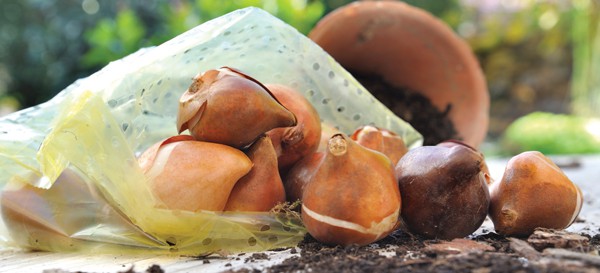
Some bulbs and corms are easily stored in the most unpromising conditions – that is in a dry and dark corner of your cellar or garage. This is among the easiest group of plants to store as they require little attention over the winter months. Salvia, gladiolus, crocosmia, and mirabilis are a few bulbs that tolerate dark and dry storage.
Dig the bulbs or corms after the foliage has naturally died back or after the first frost. Brush off all of the soil and cut off foliage. Allow bulbs to cure for 2 to 3 weeks in a well-ventilated area at room temperature. Once they are dry, separate the old corms and bulbs from the new sprouts, keeping only the plump new corms or bulblets.
Store selected bulbs in onion sacks or paper bags and label the bags with the species and cultivar. Place the bag in a location that will remain dry and dark, between 35 and 50 degrees Fahrenheit. When spring arrives you can replant the corms and bulbs in the garden.
How to Transition Your Plants to Lower Light Levels
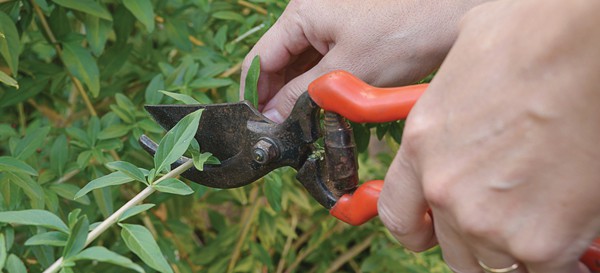
Before moving indoors, plants benefit from acclimation, a period of adjustment to lower light levels. This is done by moving the plant into areas of deeper and deeper shade over the course of one week. Acclimation is not necessary for plants that will be dug and stored dormant, only those that will winter in an active state. Cut back the foliage to one-third the plant’s size before bringing indoors and check foliage and containers for pests. If possible, keep plants separate from your regular houseplants for a few weeks until you are certain they are pest free.
As a rule of thumb, move houseplants indoors around the time that outside temperatures are similar to indoor temperatures. This will give plants a chance to adjust to the indoor climate before you turn on the heat and avoid unnecessary cold damage to tropicals.

